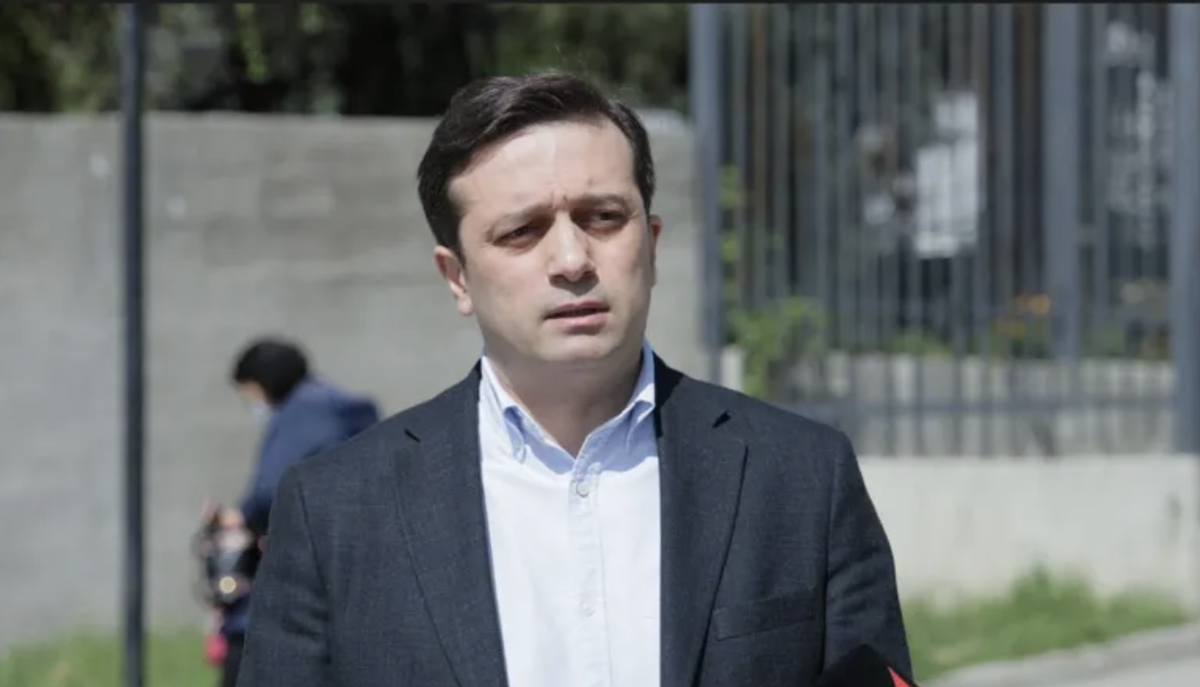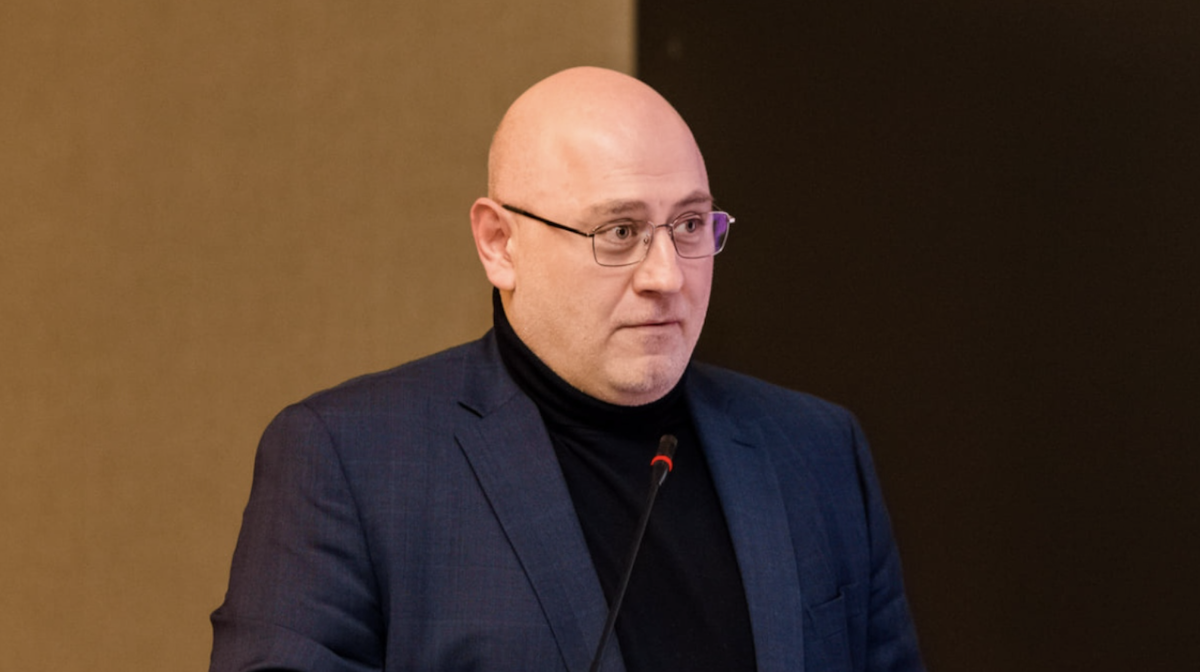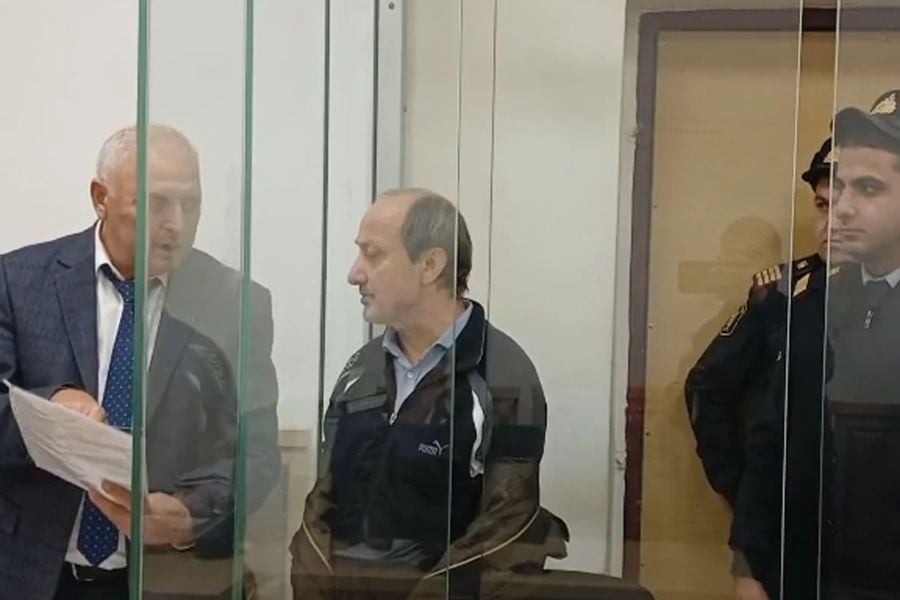Op Ed: Bronze people
A sculptural boom has started in Yerevan. It seems that in our small capital, overcrowded with new building projects and neighborhoods, there is almost no room left for new buildings (especially in the center). However, the authorities have been trying hard to further decorate their construction masterpieces with sculptures.
At the same time, old buildings are being actively demolished in the city. Logic would suggest that Yerevan, which is even older than Rome, should cherish and preserve these few buildings, constructed in the late 18th-early 19th centuries. Made of red, black and pink tuff, these buildings, which are usually single- or two-storey, are decorated with thoroughly thought-out ornaments and, most importantly, they each have their own unique history.

However, these small buildings occupy costly square meters, on which high-rise faceless monsters could be built, thus bringing profit to a developer. Money is a decisive factor. So, that is why the authorities issue permits so easily for the demolition of these historic structures.

The city tried, on a number of occasions, to defend its buildings which enjoyed the status of cultural heritage sites. It defended them loudly and with fervor. But nothing came of that: the city’s two beauties-a black building, the Afrikyan house, and a red building on Arami street, have been removed completely from Yerevan’s memory.


Curiously enough, the last building was destroyed at night, in secret, so that no one had time to raise an alarm and protect it. That’s how the developer and the site owner put it: the building was pulled down at night in order to avoid complaints.
The municipal authorities demolish old buildings as regularly as they erect new monuments. They probably want to deprive Yerevan, which is being suffocated by concrete and stone, of its old memories, and also to ‘decorate’ it with some new symbols.
Interestingly, these new symbols are actually dusted symbols that have become a part of history, with outdated aesthetics. The monuments erected at the national level are mostly socialist realism-style sculptures that embody the Soviet people with their “ambiguous” merits.
Last year, there was an attempt to erect a monument for Anastas Mikoyan, a well-known Soviet figure, a person involved in the ‘red terror’. This initiative was met with serious public outcry and the government eventually decided not to go through with it. But as the saying goes, it served as a good lesson for them.
The next time the authorities wanted to immortalize another Soviet figure of Armenian origin in bronze, they did it without any public debates, or, better said, in secret.
One morning we woke up and saw that a monument to Hamazasp Babadzhanian, the Marshal of the Soviet Union, had been erected in one of the city parks. This also caused indignation. Babadzhanian is known not only as a military commander, who struck a blow against Nazi Germany, but also as the person who suppressed the liberation movement in Hungary, when the country was trying to get out from under the Soviet Union’s control. And now, Armenia, which gained independence following its withdrawal from the USSR, has erected a monument to the person who suppressed the liberation movement.

Of course, history is always rewritten and adjusted to the present, but what happens in Armenia now seems strange, to say the least.
On the one hand, faces symbolizing the Soviet past appear on the pedestals throughout the city, while on the other hand, a philistine eclectic is being introduced: people with duduks (a wooden flute), people with drums, people with flowers and people with crosses.

The sculptures of poets and famous people, shorter in size than an average person, were mounted on the benches in the city. They were made of low-quality material (plaster and clay). The great figures, wedged into a small and fragile form, couldn’t withstand the test of time, and they quickly broke, collapsed or vanished.

However, the huge bronze monuments won’t disappear. Besides, they were erected on high pedestals. Probably the government believes it’s more “grand” and safer. In fact, faceless things are safer. Faces without masks are far more dangerous.
Buildings with unique appearances have been demolished for several years already. They are being replaced with faceless high-rises. Afterwards they become overgrown with some strange sculptural ensembles, bronze compositions and…even churches.
Indeed, a church construction boom can also be observed in Yerevan. It’s unclear why this is happening specifically in Yerevan, especially as there are so many ancient cathedrals in Armenia that need to be restored.
A monument to Garegin Nzhdeh has also caused a mixed reaction in people. Both its appearance and the message it conveyed, have fueled controversies. Nzhdeh is the symbol of the Republican Party, since the party’s ideology is based on his ideas.
Nzhdeh, with a bronze mantle behind him, leaves the impression of being a homogeneous piece of rock. The monument also caused a backlash from Moscow, which in a statement referred to Nzhdeh as a ‘Nazi.’ After this, the authorities have had to justify themselves and explain that Nzhdeh, a national hero, was actually concerned about his people’s fate.

The municipal government’s idea is that the monuments that appear in Yerevan should become milestones of the city’s history. However, it turns out that all the monuments stir up heated debates within the society. And in many instances this works against what the authorities themselves want.
However, with no results, all these things and all the criticism, only cause disappointment. Citizens have no chance to influence the appearance of their city. Yerevan is full of buildings that resemble hollow shapes, which are shallow and tasteless from an aesthetic point of view and are often vulgar.
All this is extremely disappointing, especially when you see how the foundation is being put in place for another high-rise building, one more beautiful building, to be demolished and another bronze statue is being cast.
The number of churches is probably increasing so that we could pray at any corner and ask the Almighty to relieve Yerevan from these tasteless commercial and ideological monsters.
Published: 23/08/2016



















